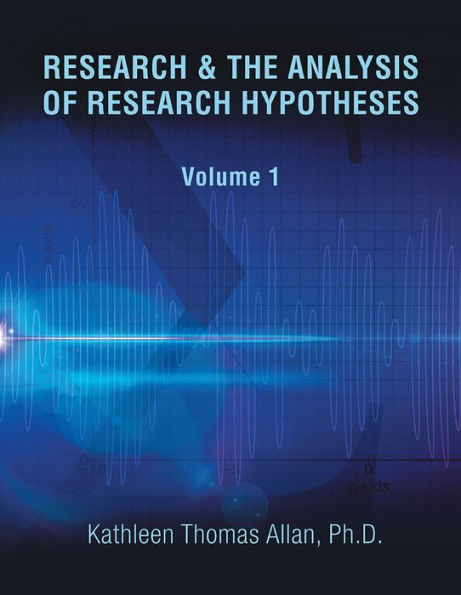RESEARCH & THE ANALYSIS OF RESEARCH HYPOTHESES
The design of this book owes much to M. David Merrill, Ph.D., who in the 70’s was a professor at Brigham Young University. At the time, he was researching concepts for designing curriculum. He developed a method of designing instructional materials that used the principles of Rule – Example - Practice. The term “rule” covered such items as a mathematical rule, a classification paradigm, a descriptive category, or other information that gives the students a “rule” for understanding the main concept being taught. The term “example” covered the criterion showing how the rule worked. The term “practice” gave the student a way to perform an exercise, that is, in practicing with other variations of the example to gain experience in using the rule. For Merrill’s principles to be effective, the example must match the practice and the governing rule. RESEARCH & THE ANALYSIS OF RESEARCH HYPOTHESES has been designed employing Merrill’s theories. The “rule” is described and defined in the portion of each unit of instruction labeled “PURPOSE:” The “example” and matching “practice” are described in the portion labeled “OBJECTIVES:” The body of the unit describes the rule in more detail giving examples as needed. Finally, there is an “assignment” which requires the student to put the rule into practice. The two volumes provide a basis for doing a research study which graduate students can use as a model for their thesis or dissertation. Volume 1 covers basic principles and processes for doing a research study and Volume 2 covers the five major procedures for testing research data: the z-test, the t-test, the Pearson correlation test, the Spearman correlation test and the Chi Square test. Note: ‘Chi’ is pronounced “Kai”; the ‘Chi-Square’ symbol is: ?2
"1121293118"
RESEARCH & THE ANALYSIS OF RESEARCH HYPOTHESES
The design of this book owes much to M. David Merrill, Ph.D., who in the 70’s was a professor at Brigham Young University. At the time, he was researching concepts for designing curriculum. He developed a method of designing instructional materials that used the principles of Rule – Example - Practice. The term “rule” covered such items as a mathematical rule, a classification paradigm, a descriptive category, or other information that gives the students a “rule” for understanding the main concept being taught. The term “example” covered the criterion showing how the rule worked. The term “practice” gave the student a way to perform an exercise, that is, in practicing with other variations of the example to gain experience in using the rule. For Merrill’s principles to be effective, the example must match the practice and the governing rule. RESEARCH & THE ANALYSIS OF RESEARCH HYPOTHESES has been designed employing Merrill’s theories. The “rule” is described and defined in the portion of each unit of instruction labeled “PURPOSE:” The “example” and matching “practice” are described in the portion labeled “OBJECTIVES:” The body of the unit describes the rule in more detail giving examples as needed. Finally, there is an “assignment” which requires the student to put the rule into practice. The two volumes provide a basis for doing a research study which graduate students can use as a model for their thesis or dissertation. Volume 1 covers basic principles and processes for doing a research study and Volume 2 covers the five major procedures for testing research data: the z-test, the t-test, the Pearson correlation test, the Spearman correlation test and the Chi Square test. Note: ‘Chi’ is pronounced “Kai”; the ‘Chi-Square’ symbol is: ?2
2.99
In Stock
5
1

RESEARCH & THE ANALYSIS OF RESEARCH HYPOTHESES
164
RESEARCH & THE ANALYSIS OF RESEARCH HYPOTHESES
164
2.99
In Stock

Product Details
| ISBN-13: | 9781493168323 |
|---|---|
| Publisher: | Xlibris US |
| Publication date: | 02/24/2015 |
| Sold by: | Barnes & Noble |
| Format: | eBook |
| Pages: | 164 |
| File size: | 2 MB |
From the B&N Reads Blog
